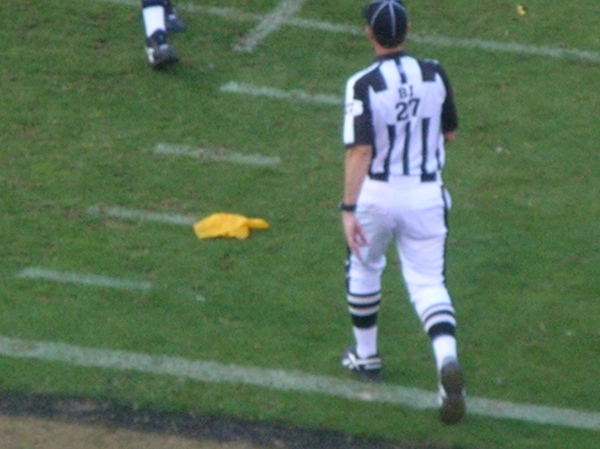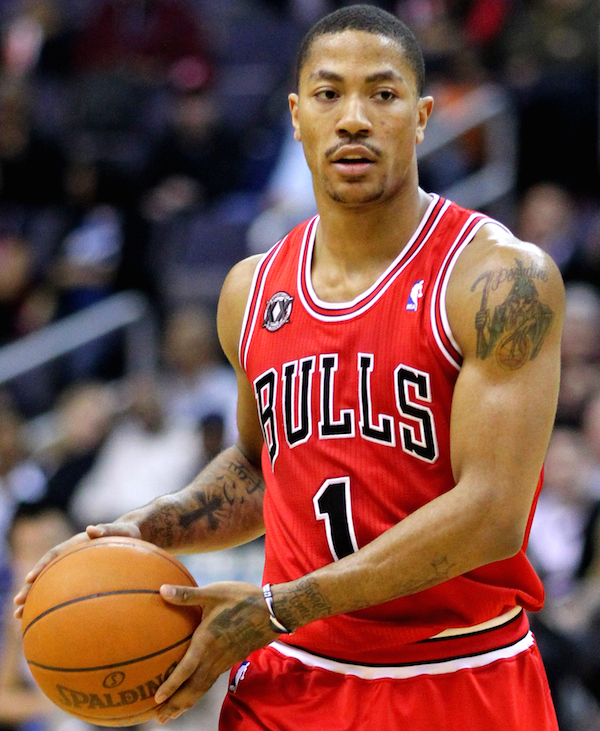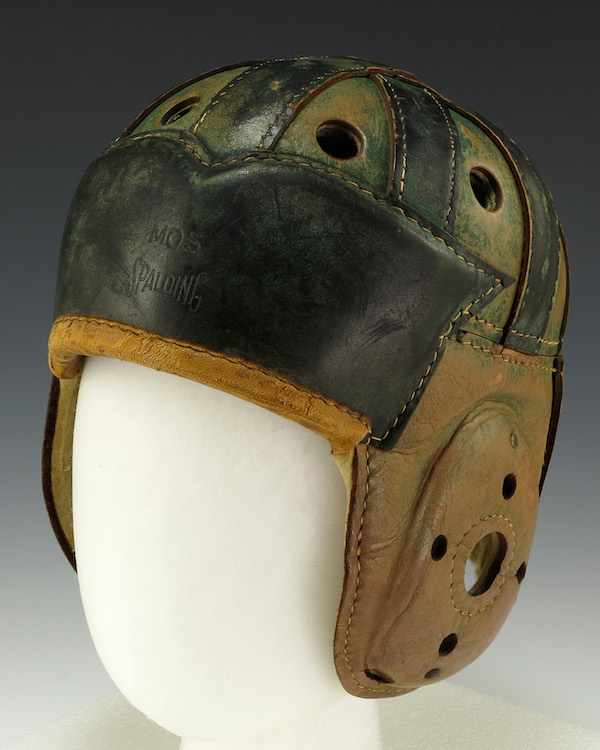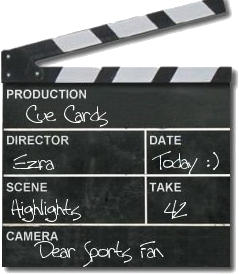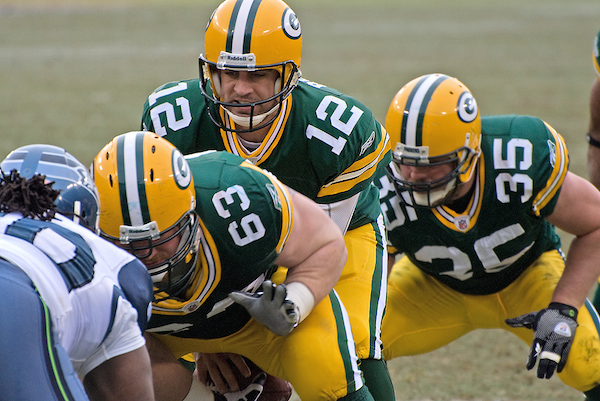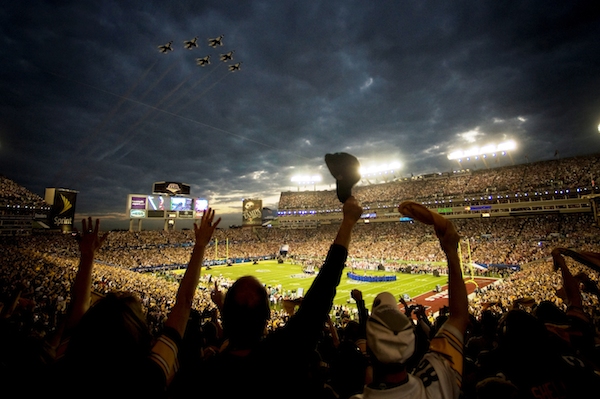It’s been a while since I cleaned out my short-term storage box of the best articles I’ve been reading about sports. Lately it’s been mostly full of articles about football, which is no surprise considering football is the most popular sport in the country and now is a particularly exciting time for both college and professional football. The articles that I was most interested in grouped roughly into two piles: those that make football seem interesting by revealing an unexpected facet of the sport and those that reveal the corrosive nature of football as a business, especially at the college level.
The Dallas Cowboys were eliminated from the playoffs this weekend but it certainly wasn’t from a lack of athletic ability or fitness. In fact, the most single spectacular athletic feat of the weekend was probably Cowboys wide receiver Dez Bryant’s leaping almost-catch near the end of their game against the Green Bay Packers. Was he able to do that without injuring himself because of the Cowboys innovative use of an old, low-tech ballet apparatus?
Stretching in the NFL is a shockingly archaic endeavor, possibly the only thing in this tightly controlled game that is left up to players. So, looking for an edge, the Dallas Cowboys changed it up this year. And they started with ballet bars.
“Yeah, it’s funny to see a 300-pound guy holding on to a ballerina bar, but in the NFL, if you are going to play for any length of time, you’ve got to take care of your body,” said linebacker Cameron Lawrence. “They don’t care that it’s a ballerina bar—if it helps them, they are on it.”
College sports are full of hypocrisy. The adults in the room — the coaches, universities, and governing bodies like college conferences and the NCAA — make gobs of money while the kids take all the risk and do most of the hard work. Players who work on football 40+ hours per week in one of the most highly competitive workplaces in the world are also expected to be college students, even the ones who could theoretically make a living in football already if it weren’t for an NFL rule that keeps teams from drafting them until two full years after their high-school graduation. These hypocrisies are already well known and the academic short-cuts or outright cheating that they encourage should not be a surprise to anyone. The most interesting part of this article for me is how you can read between the lines and see in this story, a larger story of how colleges themselves are in a race to the bottom to attract paying but students for online courses that might not actually serve the students all that well even if they were taken honestly. It’s a discouraging mess.
The fixer’s name is Mr. White. His side business was lucrative. One year, he says, he made more than $40,000 arranging classes. But he says money wasn’t his motive. Part of it was about the players. He believes that many would not have earned a major-college scholarship without his help.
A coach in the Atlantic Coast Conference was recruiting one of the top junior-college players in the country, but the player was short on credits. The coach called Mr. White to “get him done.” He made some students believe they were completing the classes, handing them packets of practice problems he had picked up from the math lab at his community college and making sure they logged time in study halls as if they had done the work. After they finished the packets, he would toss them in the trash. Then he would log in to BYU’s website to complete the real assignments. That’s how some coaches preferred it, he says, as it assured them there wouldn’t be any slip-ups. That also meant that the coaches didn’t have to worry about retaliation. If the players had no knowledge of the fraud, Mr. White says, they couldn’t hold it against anyone.
In football, the “man” is frequently the quarterback. The leader of the offense, the quarterback is the most important and irreplaceable part of a football team. That’s why he’s the most tempting target for defenses to try to hit hard enough to injure or dissuade him from continuing to play as well as he would otherwise play. This dynamic makes the offensive line, the group of players charged with protecting the quarterback from opposing defenders, the most interesting people on a football team. Grantland football writer Robert Mays spent some time recently with the offensive line of the Green Bay Packers who protect quarterback Aaron Rodgers, and wrote this article about who they are as individuals and as a unit.
By keeping the same five linemen almost the entire season, the Packers have been able to build their vocabulary into an entire language. “We’ve got so many dummy calls,” Sitton says. “Half the shit we say doesn’t mean a thing. It’s pretty cool when you can evolve within the season, learning a whole new thing.” In past seasons, the line has been a band forced to replace its drummer or bassist every week. The entire offense goes from writing songs to relearning chords. This year, they can riff, take chances. They can be a 1,500-pound Radiohead.
“When you get a hodgepodge line that’s changing week to week, you just kind of have to go by the base rules on a lot of plays,” Rodgers says. “The base rules are decent, but when you can incorporate your own creativity to the plays at the offensive line positions, you can really enhance them. So the communication has been amazing.”
“If we were ’N Sync,” Lang says, “[Josh would] be Justin Timberlake. He’s Frankie Valli, and we’re the Four Seasons.” Bakhtiari goes on, thinking ahead an album or two: “If he wanted to, he could go solo, and we’d all fizzle out.”
Football players never cease to amaze with their fearless nature and their seeming invulnerability to pain. Surely they are among the toughest athletes in the world (along with ice hockey players and ballet dancers) but this article suggests that they are also much more commonly shot up with drugs before and even during games than we might expect. This is the story of one NFL prospect who is now suing his college team for giving him irresponsible medical advice and treatment which led not only to the demise of his professional dream but also to some very serious immediate medical risk.
In some cases, the use of Toradol was prophylactic—that is, given before games in anticipation of future pain, and not to treat current injuries—and accompanied by little or no physical examination of players… Although the Minnesota pregame shot provided temporary relief, Armstead was still in pain during halftime, at which point he said Tibone “poked and prodded my shoulder, and he stuck a needle in my shoulder.” Again, Armstead said, his pain became manageable for a brief period, but by the fourth quarter he was taken out of the game because his left arm hurt so much that he couldn’t use it at all.
After the season ended, Armstead reported to the University Park Health Center three times between February 4 and February 23 of 2011, complaining of constant chest pain… As a result of this diagnosis, two of Armstead’s visits to the Health Center resulted in additional Toradol injections. By the beginning of March, Armstead’s condition worsened. A MRI exam revealed that he had suffered an acute anterior apical myocardial infarction, more commonly known as a heart attack. Myocardial infarctions are specifically mentioned by the FDA as a possible risk of Toradol use, made likelier by repeated off-label use and combining the painkiller with other non-steroidal anti-inflammatories such as Ibuprofen and Naproxen, drugs that Tibone and USC training staff also had administered to Armstead during the season.
In his deposition, Tibone said he didn’t “agree with” FDA warnings about Toradol’s cardiovascular risks. He did not provide supporting evidence for his position, admitting that before and during the period he gave the drug to Armstead and other USC players he: (a) conducted no research or surveys on Toradol’s adverse effects; (b) read no peer-reviewed journal articles on the matter prior to Armstead’s heart attack; (c) did not investigate the drug beyond talking to NFL trainers he knew and having a brief, informal conversation with a friend who is a cardiovascular surgeon.


